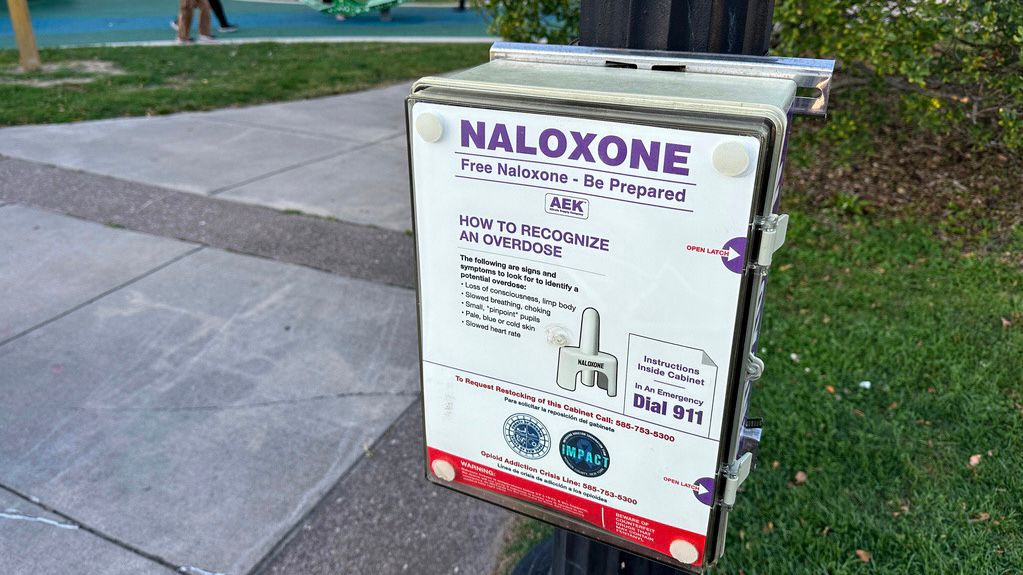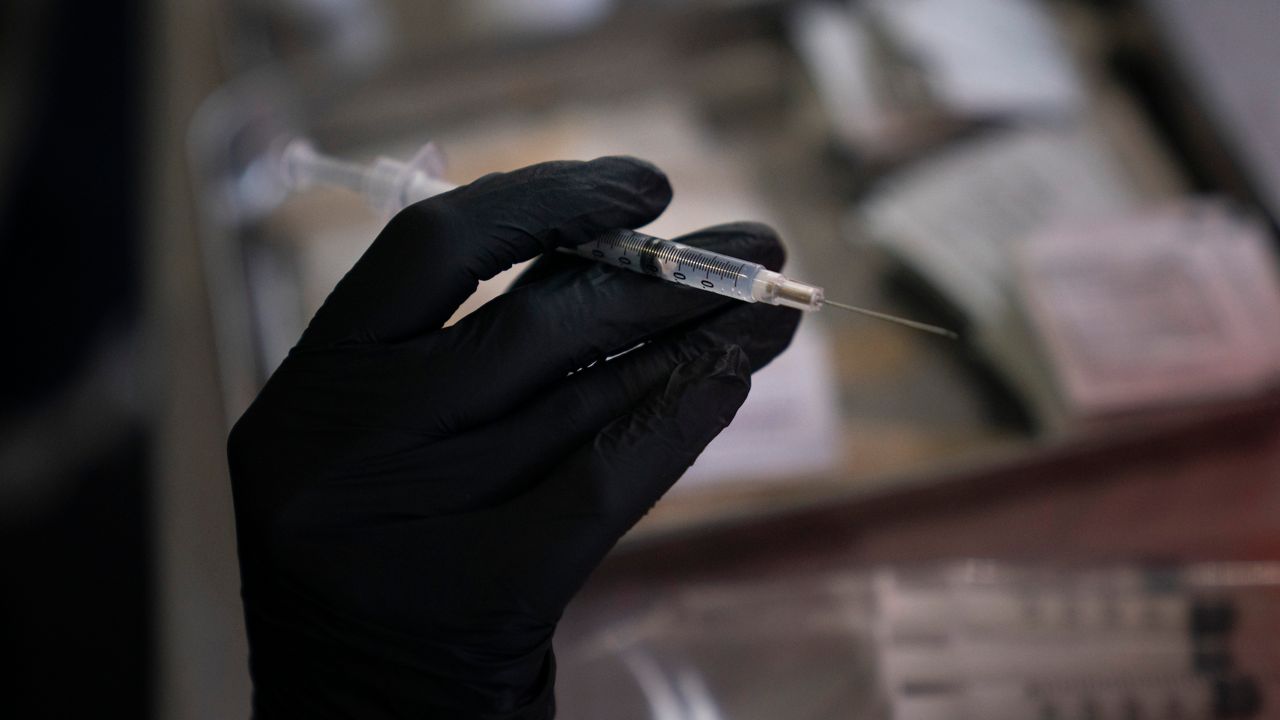A worker at a Pennsylvania lab made a startling discovery, coming across frozen vials that were labeled as containing the deadly but eradicated smallpox virus, the Centers for Disease Control and Prevention confirmed Wednesday.
What You Need To Know
- A worker at a Pennsylvania lab made a startling discovery, coming across frozen vials that were labeled as containing the deadly but eradicated smallpox virus, the Centers for Disease Control and Prevention confirmed Wednesday
- The CDC said in a statement to Spectrum News it and other agencies are investigating the matter and that vials' contents appear intact
- The CDC added that the laboratory worker who found the vials was wearing gloves and a mask and there is no indiciation that anyone has been exposed to the vials
- Yahoo reported that the vials were found Monday night at a Merck facility outside Philadelphia
The vials were found while the worker was cleaning out the freezer, located in a facility that conducts vaccine research, the CDC said.
“CDC, its Administration partners, and law enforcement are investigating the matter and the vials’ contents appear intact,” the CDC said in a statement sent to Spectrum News. “The laboratory worker who discovered the vials was wearing gloves and a face mask. There is no indication that anyone has been exposed to the small number of frozen vials.”
The CDC did not provide any further details.
The discovery was first reported Tuesday night by Yahoo News, which cited an alert sent to Department of Homeland Security leadership.
According to Yahoo, the vials were found Monday night at a Merck facility outside Philadelphia. There were reportedly 15 “questionable vials” — five labeled as “smallpox” and 10 marked as “vaccinia,” the virus used in the vaccine that eradicated the pathogen decades ago.
The discovery prompted a lockdown of the facility, which has since been lifted, Yahoo reported.
Merck has not responded to a request for comment.
Smallpox, which was caused by the variola virus, is believed to date back at least 3,000 years, spreading uncontrollably for centuries until the first vaccination efforts began near the end of the 18th century.
According to the World Health Organization, around 50 million people a year were infected by smallpox in the 1940s and 1950s. The disease killed about three of every 10 people who contracted it and usually left survivors with scars, sometimes severe.
With the help of vaccines, the World Health Assembly declared the disease to be eradicated in 1980. It is believed to have killed about 300 million people in the 20th century.
Routine smallpox vaccinations in the United States ended in 1972 after the disease was wiped out here.
Smallpox is considered so deadly that it is only permitted in two labs in the world: at the CDC’s headquarters in Atlanta and at the VECTOR Institute in Koltsovo, Russia.
In 2014, six freeze-dried vials of smallpox and were found in a National Institutes of Health research building in Bethesda, Maryland. Two of the tubes contained virus that was viable.
Ryan Chatelain - Digital Media Producer
Ryan Chatelain is a national news digital content producer for Spectrum News and is based in New York City. He has previously covered both news and sports for WFAN Sports Radio, CBS New York, Newsday, amNewYork and The Courier in his home state of Louisiana.








